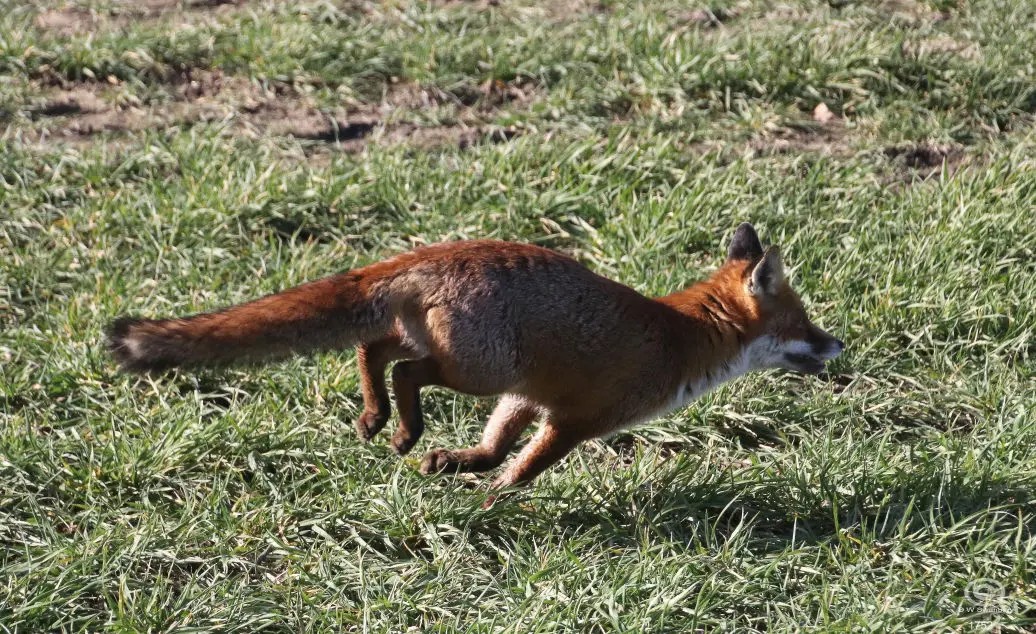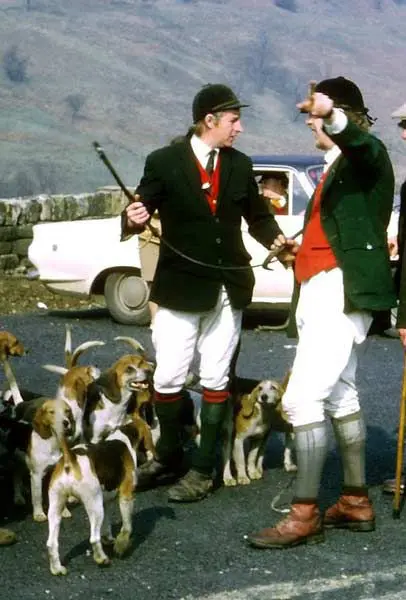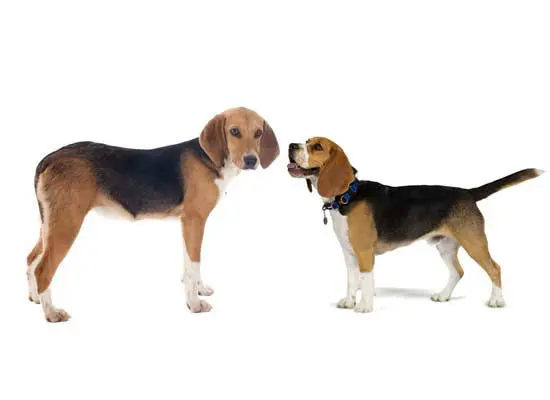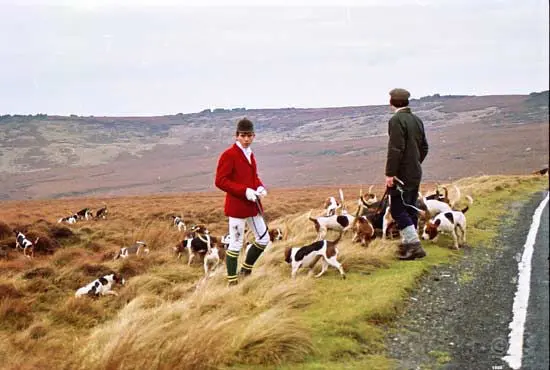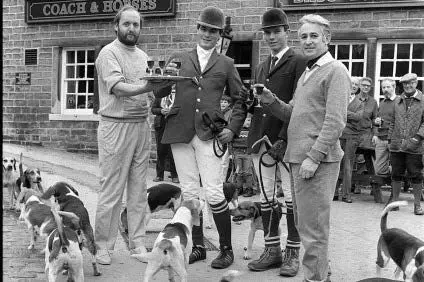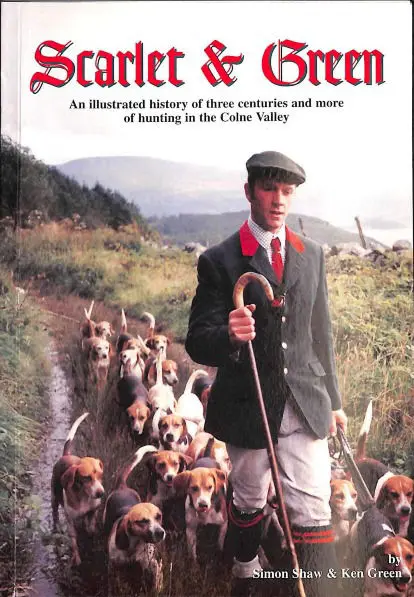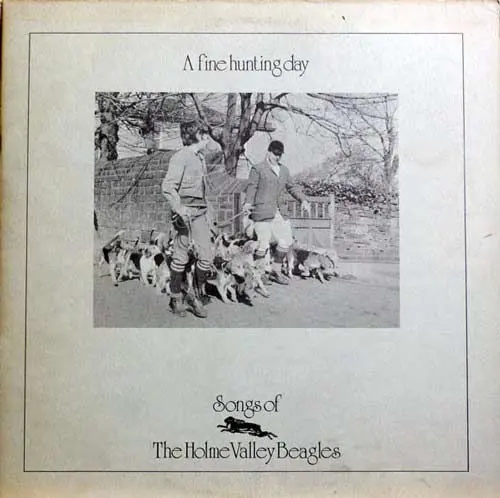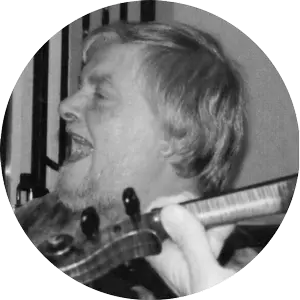
The Grove and Rufford Hunt
that are based at Barnby Moor, Retford
I well remember my first encounter with a hunt as a lad growing up in the early 1950s. I was staying at my Aunty Nancy’s at Mattersey Thorpe, where she lived in one of the prefabricated bungalows built during the war as emergency housing to home workers, from outside the area, who worked at the nearby munitions factory at Ranskill near Retford, where my aunt and Uncle Frank both worked.
I was sat on her back doorstep eating my lunch when a fox at full speed shot past the front of me, across the field and jumped into the nearby River Idle.
